Winemaking sometimes feels like an Olympic sport. It’s a practice so honed and perfected by training, technology and centuries of experience, the difference between mere excellence and being the best in the world has become increasingly marginal.
Producers are constantly searching for that elusive “edge,” through micro-changes to farming techniques and experimentation in the cellar. Some are going even further, and launching out-of-this-world aging experiments underwater and in space.
Plus, there’s more to these projects than a desire to create better wine. A cynic might dub them a PR stunt—and no producers deny the benefit of extra buzz. But these experiments are also a tacit acknowledgement of the challenges of a changing environment, and an attempt to find new ways to safely and effectively grow and make fine wine amid the effects of an increasingly hot and extreme climate on earth.
Growing Grapes & Aging Wine—In Outer Space
It would be difficult to find a more audacious, complex, costly and ambitious wine-aging project than Mission WISE, conducted under Space Cargo Unlimited’s umbrella. Nicolas Gaume and Emmanuel Etcheparre co-founded Space Cargo Unlimited to conduct agricultural research experiments in zero gravity. Mission WISE is the first privately led research program on the International Space Station (ISS), and it aims to focus on how food and beverage producers can optimize agriculture in a changing Earth environment.
“We hope to leverage the effects of microgravity on complex biological systems to find solutions for viticulture and agriculture of tomorrow,” explains Maryse Camelan, the head of communications for WISE. “The first experiment was launched in November of 2019.”
Thus far, three experiments have been completed, and three more are set to be finished by the end of 2023. The first experiment entailed sending 12 bottles of Petrus 2000 Bordeaux wine and 320 Cabernet Sauvignon and Merlot vine shoots, or canes, from Bordeaux’s Mercier Group nursery to the ISS via a Dragon capsule operated by SpaceX. The wine spent 438 days on the ISS, which orbits at 17,000 mph around the very outer layer of the Earth’s atmosphere, a terroir known as the thermosphere. The vine shoots were there for 312 days.
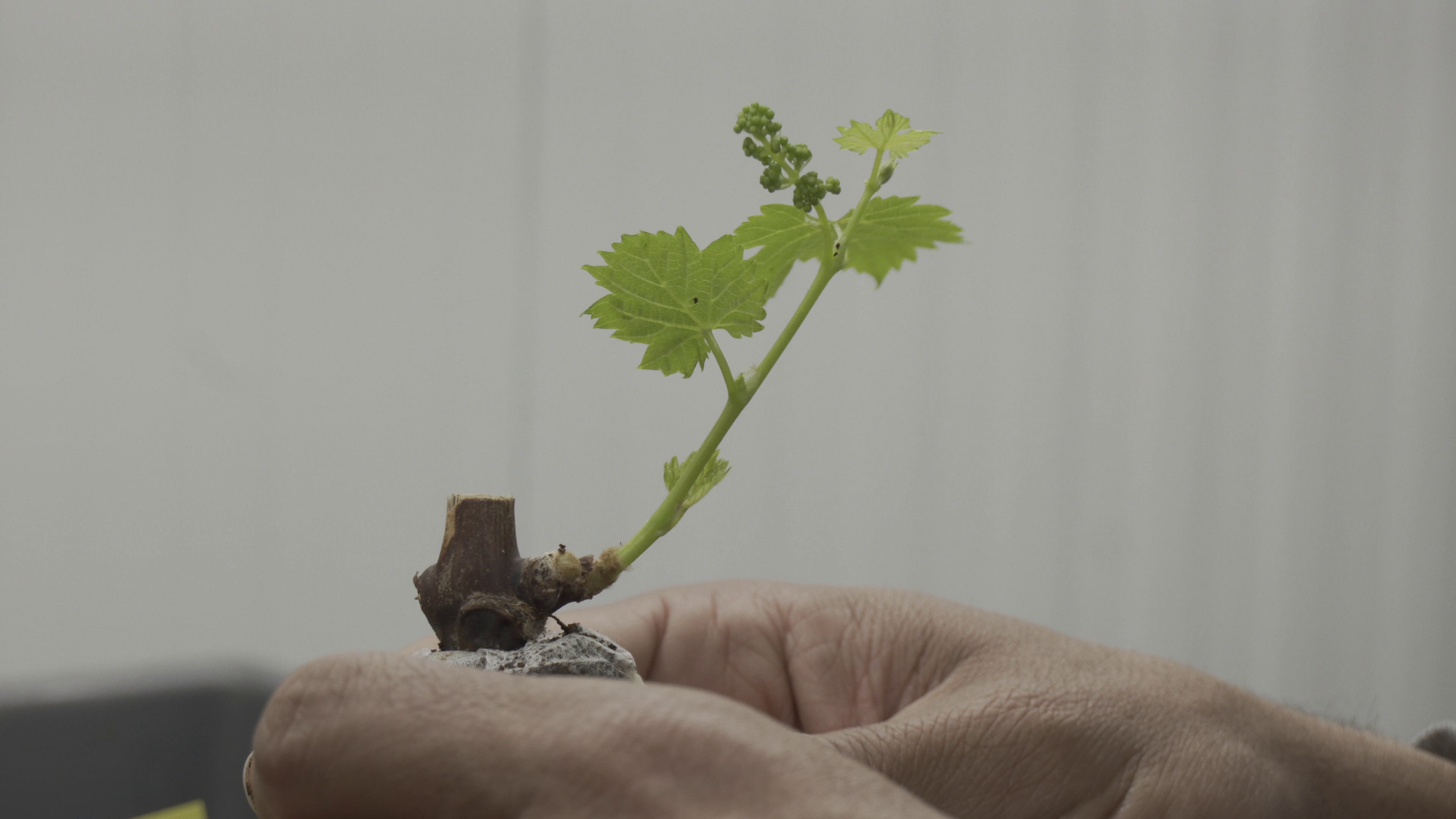
They returned to Bordeaux on January 11, 2021. The canes are being analyzed by the Institute Superieur de la Science et du Vin (ISVV), tested for visible and health status changes in comparison to similar specimens grown on earth. So far, Camelan shares that buding and shoot-growth were observed much earlier on the space-grown canes than the ones that sprouted on Earth in similar conditions.
The near total absence of gravity in space generally produces “immense stress,” Camelan explains. WISE hopes to glean insight into how growers of all kinds can better adapt plant life on earth in an increasingly challenging climate that also generates incredible stress on earth’s crops. (Recent studies show that coffee regions in Brazil, Indonesia, Vietnam and Columbia will decrease by 50 percent, as things stand, by 2050; maize yields are projected to decline by 24 percent by 2030, and that 25 percent of Europe’s 20 most highly-fished marine species will be under extreme pressure due to climate change by 2100).
In March of 2021, a dozen of the world’s most primed palates gathered at the University of Bordeaux to blind taste the space-shot Petrus—after almost 180 million miles of gravity-challenged travel—against classically cellar-aged.
Three bottles of space wine were opened, one has been made available via auction at Christie’s, and the rest have been secured for further study. Differences in the way the taste, aroma, color, polyphenols, fermentation, bacteria and yeast evolved in the Earth and space-aged wines will be analyzed in a lab setting over time.
The tasting, Space Cargo co-founder Etcheparre said in statements afterwards, clearly showed the impact of gravity and appearance. He said the space-aged wine had a lighter, brick-like coloring.
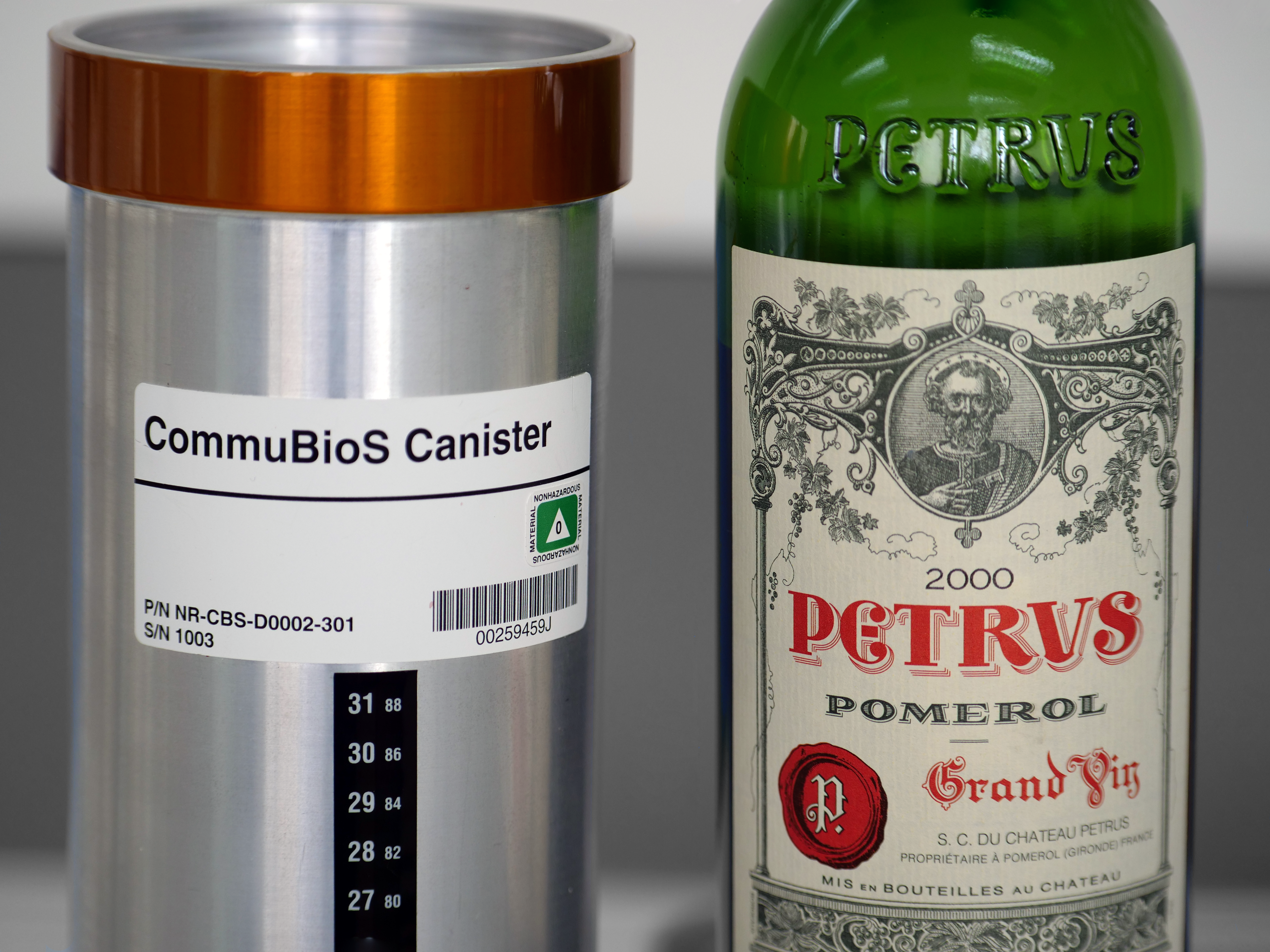
“Real differences were noted with both appearance and taste,” he said. “It was more complicated for the participants to differentiate olfactory dimensions.”
Jane Anson, Decanter’s Bordeaux correspondent attended, and reported that the space wine was more evolved.
“There were more floral aromatics [and] the tannins were a bit softer and more evolved,” she said, but added, “I just tasted one bottle [from the space station], so I can’t guarantee there isn’t bottle variation.”
As promising as that sounds from a taste perspective, Camelan says the implications for agriculture more broadly are vast.
“When all of the experiments are complete, we hope to gain crucial information that will help us develop plants with enhanced properties such as tolerance to biotic or abiotic stress,” Camelan says. “The results could lead to new ways of growing grapes and tackling climate change.”
Deep-Sea Cellaring
Producers who don’t have the budget to team up with SpaceX are finding another compelling alternative to ordinary aging practices. Instead of rocketing into outer space, they’re anchoring wine underwater to determine if changes in pressure, and the constant motion of the ocean, would change the aromas and flavors of the wine.
The growing practice of aging wine underwater is generally credited to an accident of fate: when more than 140 bottles of Champagne were discovered in 2010 in a Baltic Sea 1820s shipwreck and were sold to great acclaim (one bottle of Veuve Clicquot went for $43,900), it set many wheels in motion.
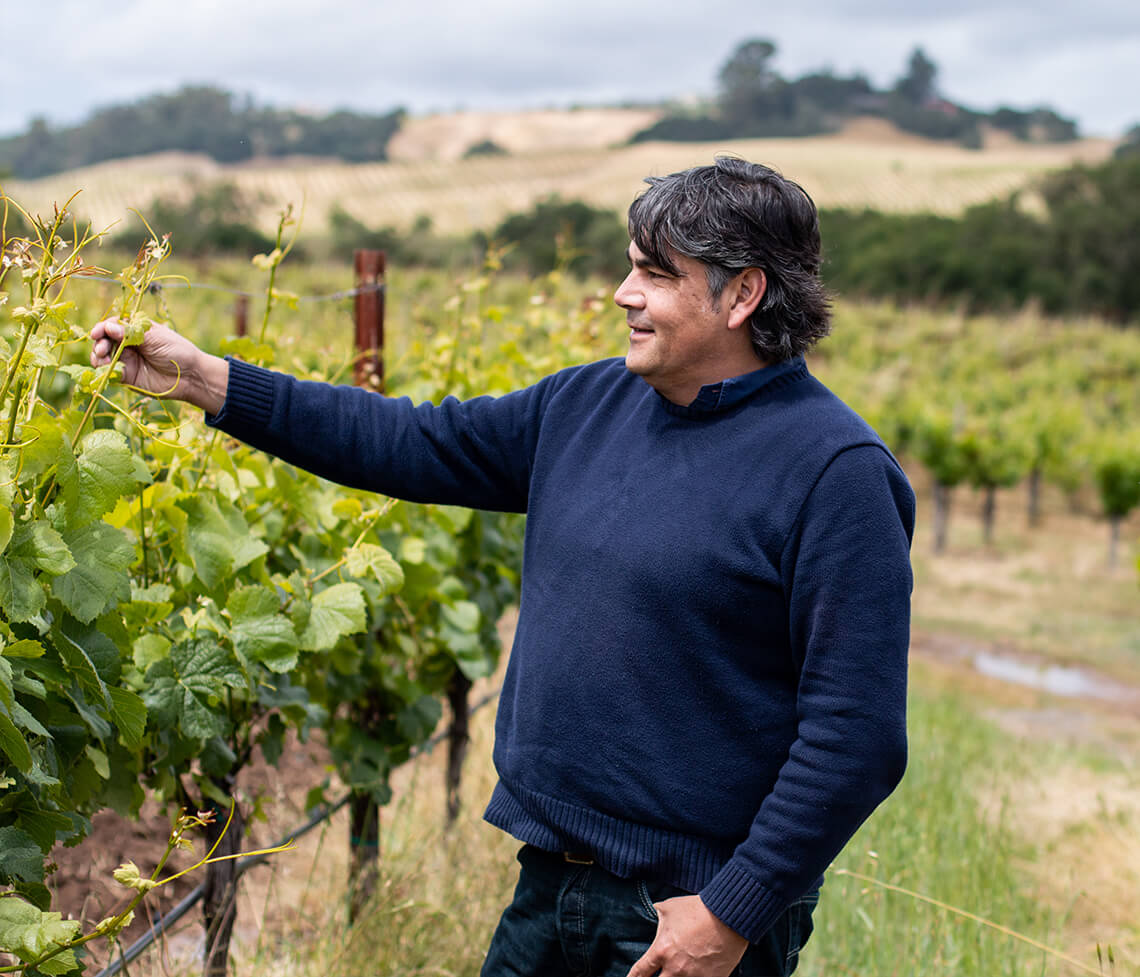
“We read about the Champagne being recovered and we realized no one had ever set out to age wine in the U.S. underwater,” Gustavo Gonzalez, winemaker and co-founder of Napa’s Mira Winery recalls. “We were intrigued by the idea, and were curious to see how it would affect the flavor, so we decided to try it.”
In 2012, Mira submerged four cages holding bottles of 2009 Cabernet Sauvignon in Charleston Harbor for three months.
“We wanted to see how it would compare to wines aged in our warehouse that is free of natural light and maintains a steady temperature of 59 degrees,” Gonzalez says. “We analyzed the wines side by side chemically and sensorially, with the goal of figuring out ways to age our wine even better on land.”
They aged four cases for three months 60 feet below water, then eight cases for six months 60 feet below. Then, came the taste test.
“We launched a seven-city, seven-day blind tasting with more than 100 sommeliers, restaurateurs, and wine club members participating,” Gonzalez says. “We did not expect the underwater wine to be more mature, but it was. It was also more supple and soft, and it consistently beat out the land-aged wine in taste tests.”
Unfortunately, the TTB issued a warning against Mira, over concerns of contaminants from gasoline or sewage runoff making their way into the bottle. For now, the experiment has been tabled, but Gonzalez says the experience has prompted the team at Mira to think more creatively about the aging process.
Daniel Dufaux, oenologist at Clos de Chillon in Lavaux, Switzerland, was keen to explore the boundaries of white wine aging underwater.
“With white wine grapes like Chasselas, we hoped to give it a lift and enhance its fresh aromas and flavors underwater,” says Dufaux, adding that 350 bottles of wine were initially submerged in Lake Geneva inside a cage in 2010, and suspended from a 30-meter cable attached to the foot of the Chillon Castle, where the winery is housed.
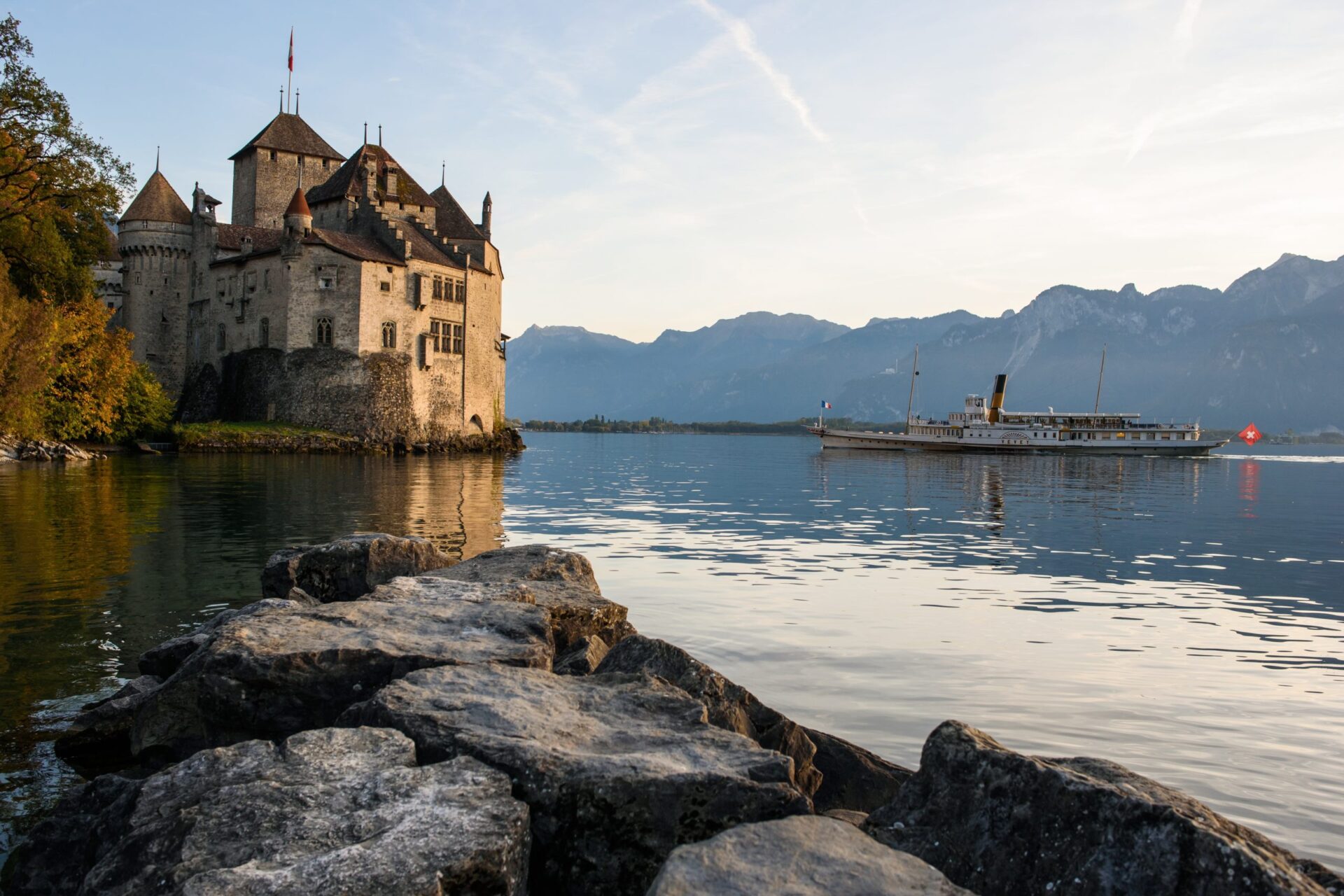
The 100 percent humidity, the darkness underwater, and the constant temperature of 53 to 55°F make it “ideal for preserving wine, especially Chasselas,” says Dufaux. The results and improved texture, aroma, and flavors were so overwhelmingly positive, the winery has repeated and expanded the experiment, consistently selling out their underwater bottles in advance pre-sales. They hope to launch the next underwater aging project in 2023.
Patricia Ortiz, owner of the coastal Patagonian winery Wapisa, was also eager to test the effects of underwater aging, and explore the full range of their coastal terroir.
They recently submerged 1,500 magnums of their 2017 Malbec-blend six to 15 meters off the Atlantic Rio Negro coast. They aged the wine for around six months, and compared the cellar and sea-aged wines in a blind tasting.
“We found the underwater wines aged beautifully without losing the freshness in aromas, and no sign of oxidation,” Ortiz says, adding that the idea of releasing younger wines with the roundness and maturity that usually comes with time is exciting.
“We plan to explore the process with other varietals,” she says.
Like the $43,900 Veuve, these wines were sold (or the case of Mira, intended to be sold) for prices that would more than pay for the time and expense of effort the experiment incurred. Still, aging wine on large scales in space and even underwater is not realistic, sustainable or cost-effective in the long-run.
But the insight into their effects may have an effect on everything from the ideal conditions for aging wine, to the best way to grow maize for a hungry population on a planet of increasingly extreme weather.
_______________________________________________________________________
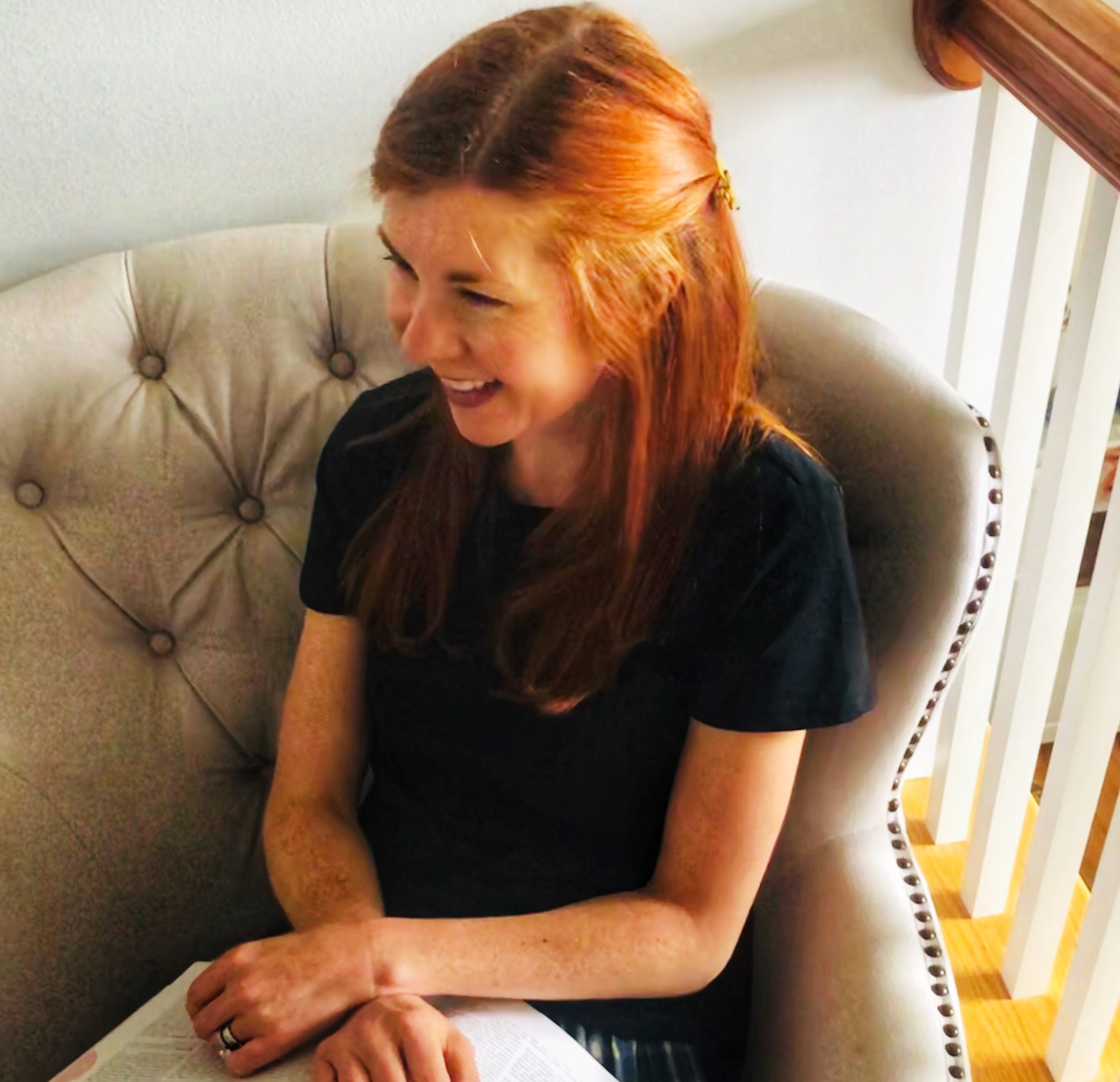
Kathleen Willcox
Kathleen Willcox writes about wine, food and culture from her home in Saratoga Springs, N.Y. She is keenly interested in sustainability issues, and the business of making ethical drinks and food. Her work appears regularly in Wine Searcher, Wine Enthusiast, Liquor.com and many other publications. Kathleen also co-authored a book called Hudson Valley Wine: A History of Taste & Terroir, which was published in 2017. Follow her wine explorations on Instagram at @kathleenwillcox



















I would think the travel to and from space in a rocket with high vibration levels as well as elevated G forces would affect the wine a lot more than sitting rather motionless in space in microgravity. As for FDA they need to either get out of the wine consulting with TTB and regulation or the TTB should take whatever they say with a grain of salt. The FDA approach to wine is more backward than their lack of good approach to food. More likely to have the things they fear in marine sourced food than a wine bottle.